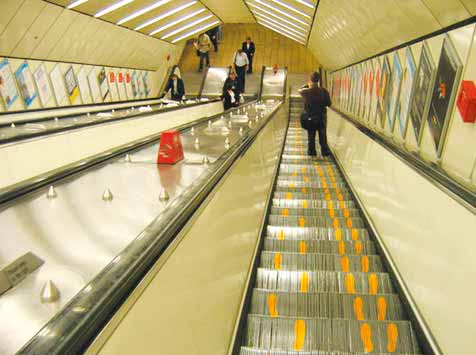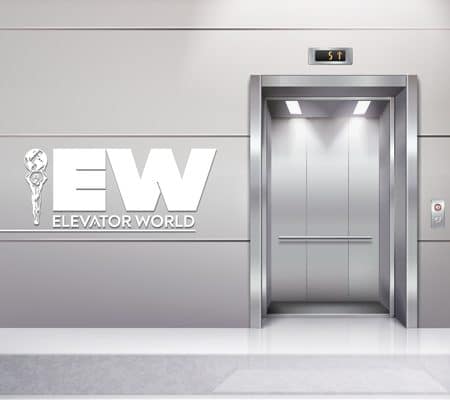Brazil Mitsubishi Electric’s Elevator Division has acquired the shares of Brazilian manufacturer LGTECH Elevadores SA, located in Guaiba, Rio Grande do Sul State. Acquisition of the BRL50-million (US$21.94-million) business facilitates Mitsubishi Electric’s penetration into the Brazilian mar-ket. However, LGTECH’s founders are expected to keep shares and the company’s current management for at least 10 years.…
Read MoreThe Washington Metropolitan Area Transit Authority’s (WMATA) 588 escalators are in better working order than they have been in five years, authority officials said, at-tributing the changes to the “Metro Forward” rehabilita-tion project started two years ago. More than nine out of 10 WMATA escalators were in service during the second quarter of 2013, WMATA…
Read MoreWith nearly one million elevators in operation throughout the U.S. and 10 times that many throughout the world, our industry’s equipment has proven to be the world’s safest form of personal transportation. In support of this claim, recent U.S. studies have reported more than 5 million auto accidents annually, resulting in more than 43,000 fatalities,…
Read MoreCEDES Corp. has installed its IMS 100 safeguard sensors, an entrance-area monitoring device, in Lucerne Cantonal Hospital in Lucerne, Switzerland. The 19-story building, which is equipped with nine Schindler elevators, was provided with the IMS 100 this summer. According to CEDES, the 3D camera sensor helps improve elevator efficiency, reliability and safety. According to Walter…
Read Moreby Yuandong Jian, Jiefeng Li, Yihui Ruan and Cheng Zhou The safe operation of an elevator system is of primary importance. The system should work correctly and, above all, safely. For this reason, elevator systems employ a number of safety devices, one of which is the safety circuit. This device is one of the most…
Read MoreImages of people jumping from the burning World Trade Center Twin Towers in New York City on 9/11 haunted Escape Rescue Systems Inc. CEO Jonathan “Yoni” Shimshoni and his friends. None had engineering or fire-safety backgrounds, but all knew there had to be a better way. So, several years after the tragic events in 2001,…
Read MoreAs our country wound down from World War II, the recently immigrated Blaiotta family suffered its own tragedy when its patriarch died in a 10-story fall while repairing a construction hoist in New York City (NYC). And so, when the patriarch’s orphaned son went on to forge a multigenerational involvement with the elevator industry, it…
Read Moreby Alexandru Forrai and Takaharu Ueda This article deals with hardware-in-the-loop (HIL) software testing applied to programmable electronic safety systems (PESSes) used in passenger elevators. Development of PESSes with application in elevators and escalators started in the early 2000s. Electronic overspeed governors, detection of uncontrolled car movement and two elevator cars in one shaft are…
Read MoreInternational exhibitions and trade shows are common aspects of the 21st-century commercial landscape, and the frequency with which these events occur easily allows companies – and countries – to maintain a global perspective and awareness of industry trends. The presence and importance of national interests in the development of new technology has been a critical…
Read MoreThis article is an excerpt from ELEVATOR WORLD’s July 1995 issue. We believe it is pertinent as background information to the challenges of designing high-speed elevators for very tall buildings. …Editor Physiological Problems Associated with High-Speed Lifts The elevator industry has developed the following physiological limits that standing elevator riders can tolerate without feeling discomfort:…
Read More













